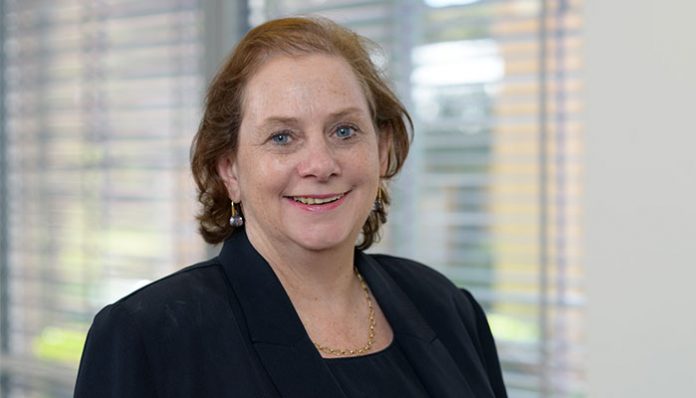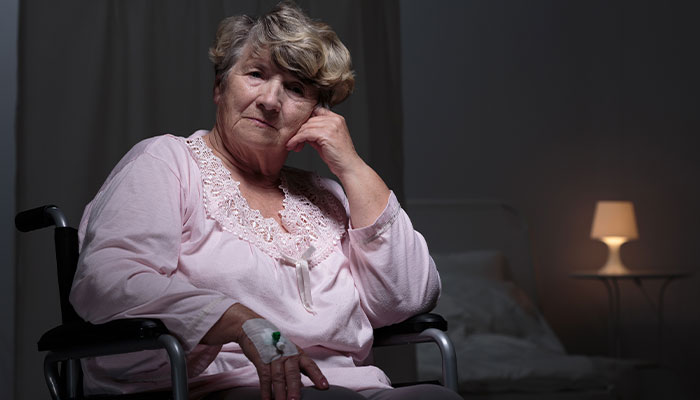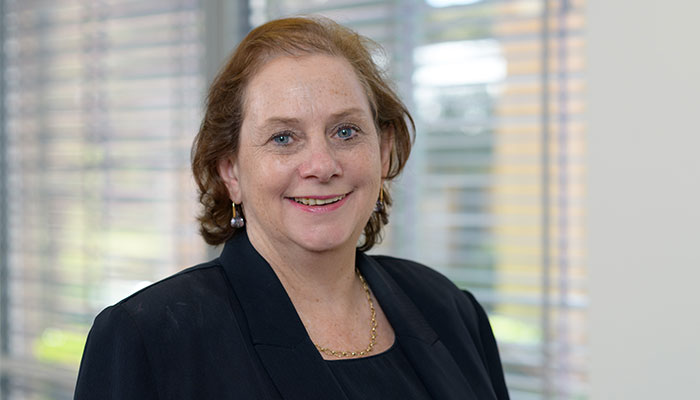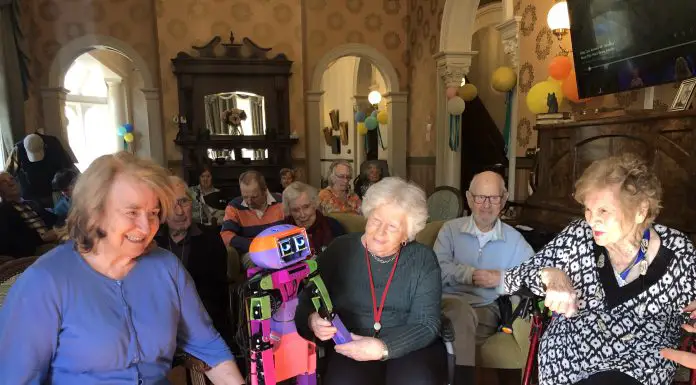
Even before COVID-19, there was much finger pointing at those who run and regulate nursing homes – but in truth, the fault lies in many places, says Associate Professor Denise Jepsen from Macquarie Business School.
With a rapidly ageing population, Australia’s social security net and aged care system will be put under immense pressure in coming years. A Senate report said that in June 2016, 15 per cent of Australia’s population was aged 65 years and over (3.7 million people) and 2 per cent were 85 years and over (488,000 people).

Old issues: The problems the sector faces have been there for many years before the pandemic hit.
By 2026, it is estimated that 18 per cent of the population will be aged 65 years and over (5 million people) and 2.3 per cent (644,000 people) will be over 85 years of age. And by 2055, almost one-quarter (8.9 million people) of the Australian population will be over the age of 65.
To compound the problem, the number of Australians receiving aged care is projected to increase by around 150 per cent over the next 40 years.
Aged care is a vital but not sexy industry, so it usually only attracts media attention when something exceptional happens.
Aged care is a vital but not sexy industry, so it usually only attracts media attention when something exceptional happens such as the Royal Commission into Aged Care Quality and Safety or the COVID-19 outbreak.
At that point, everyone likes to point fingers at supposedly mercenary aged care providers and the politicians who are meant to be regulating them before quickly moving on. Providers and politicians aren’t beyond criticism but most of the significant problems the sector faces have another cause, and those problems have been there for many years before the pandemic hit.
Every government is to blame
Right now, there is a disconnect between federal government responsibility for the sector overall and state government responsibility for public health, which has resulted in a lot of blame and cost-shifting.
The clear way to fix this is for state governments to assume responsibility for the health care hospitalisation needs of the sector and to tell those aged care providers that they will take whoever needs to be hospitalised. This is urgent.
Coupled with insufficient funding for both residential and home care, there have been repeated failures by both state and federal governments to respond to the many inquiries and reports into the aged care system. The bottom line is that the federal government needs to commit more funding. Don’t wait for another report. This too is urgent.
Every government is to blame and will continue to be criticised until it is fixed, or until we change society’s standards and expectations. We cannot continue to have high standards and insufficient funding.
Ethical dilemmas during COVID-19
Managing dying residents is difficult at the best of times, but COVID-19 confuses the legality on issues such as advanced care directives and restricting family members from visiting their dying relatives.
Furthermore, when do providers isolate their residents who share a community, bathrooms or even bedrooms? Before an outbreak, or wait till after the COVID-19 infection?
How do providers fund the cohorting or restricting of aged care staff to work in just one facility, and when do providers introduce that level of infection control? Employers are not legally allowed to stop a part-time or casual employee from working elsewhere.
Care comes at a cost
Caring for people in the latter stages of their life is expensive, even when aged care workers are paid some of the lowest wages. Around half of Australia’s residential aged care facilities already run at a loss and most of the rest struggle to make a small profit. There’s a reason religious organisations are more likely than private equity firms to own nursing homes.
If Australians were serious about their elderly relatives being well looked after they would either do it themselves or vote for politicians who promised to provide the requisite funding.
I have encountered few ‘Maserati-driving aged care moguls’ while involved in the aged care sector. What I have encountered is frontline staff, managers and, yes, owners who do hugely important, intimate work with our loved ones every single day.
If Australians were serious about making sure their elderly relatives were well looked after they would either do it themselves or vote for politicians who promised to provide the requisite funding. I’m heartened by research that indicates Australians are warming to the idea of more government money going into aged care.
However, I suspect those who complain the loudest about problems in the aged care sector would complain even more loudly if they were taxed more heavily or missed out on inheriting their parents’ home.
Workers must be better paid
There have been short-term responses such as a $5000 bonus paid in Victoria to attract aged care workers, but this is a knee-jerk response can end up applying even more pressure to providers who nervously wait for their own staff to take up those offers elsewhere.
There were 14 strategic actions detailed in the Aged Care Workforce Strategy Taskforce (2018) that still apply, including:
- A social change campaign to reframe caring and promote the workforce. This has fallen by the wayside with the Royal Commission highlighting the worst of aged care with little attention on the positive work in the sector. The catastrophic results of the pandemic have frightented off many potential new entrants to the sector.
- Increase staff remuneration. New entrants are leaving just as quickly as they can to get better pay, more easily, elsewhere.
- Reframe the qualification and skills framework, addressing current and future competencies and skills requirements.
- Define new career pathways including accreditation.
Old habits die hard
Australia’s politicians have, by and large, been doing their best during the pandemic, but old habits around false-economy ‘savings’ and cost, and blame-shifting die hard. The most egregious example of this is state-funded hospitals being reluctant to take COVID-19 patients from federally funded aged care facilities.

The job ahead: Associate Professor Denise Jepsen (pictured) says the only way to ensure lasting improvements in aged care is for Australians to remain focussed on systemic issues.
If an aged care resident gets COVID-19, the sensible thing to do usually is to transfer them to a hospital. Infection control is much easier in hospitals; they have floors that can be mopped rather than the carpeted floors encouraged for the home-like atmosphere in aged care facilities.
Also, removing an infected individual obviously reduces the risk that the infection will spread to the facility’s other residents and staff. Yet in NSW, as in other states and territories, we’ve seen hospitals refusing admission with predictable consequences.
Australians who are genuinely concerned about the fate of their elderly relatives in nursing homes should remain focussed on this kind of systemic issue. It’s not as gratifying as shaming a government minister or aged care operator for a few days, but it’s the only way to ensure lasting improvements are made to Australia’s aged care sector.
This article is republished from The Macquarie University Lighthouse under a Creative Commons license. Read the original article here.










Thank you Professor for once a positive and truthful comment for aged care.
Why does the media allow or more correctly, enable, the federal government lie on funding. The (moderated) from the Morrison government is that billions more is now in aged care and there lays the lie. The government lumped residential care with the newish home care and clearly the money cut from residential has moved to the home care sector. An industry so filled with rorts and wrip off’s with massive deficiencies in care and pay rates largely ignored by the government. Over a billion dollars of unspent funds and no process of recovery. The Royal Commissions number one recommendation was to repair the funding crisis by December 1.2020 but no follow-up.
It’s great to finally see so many positive feedback stories of excellence in residential care, no headlines of course because that’s not sensational enough.
the fed govt and the aged care industry need to develop an affordable model of care for the industry to survive. The industry needs to develop a separate skills for path for employees with a remuneration package linked to the model. Non for profit organisations cannot compete with the profit organisations whilst the receive hugh tax discounts and the largest slice of the proverbial cake in funding
Surely the number one consideration must be for individuals to take personal responsibility.
From age fifty on we should realise that the developed world indulgences must be greatly modified if we are to live a happy healthy life with a positive outlook
The alternative a sad existence in aged care just waiting to die.